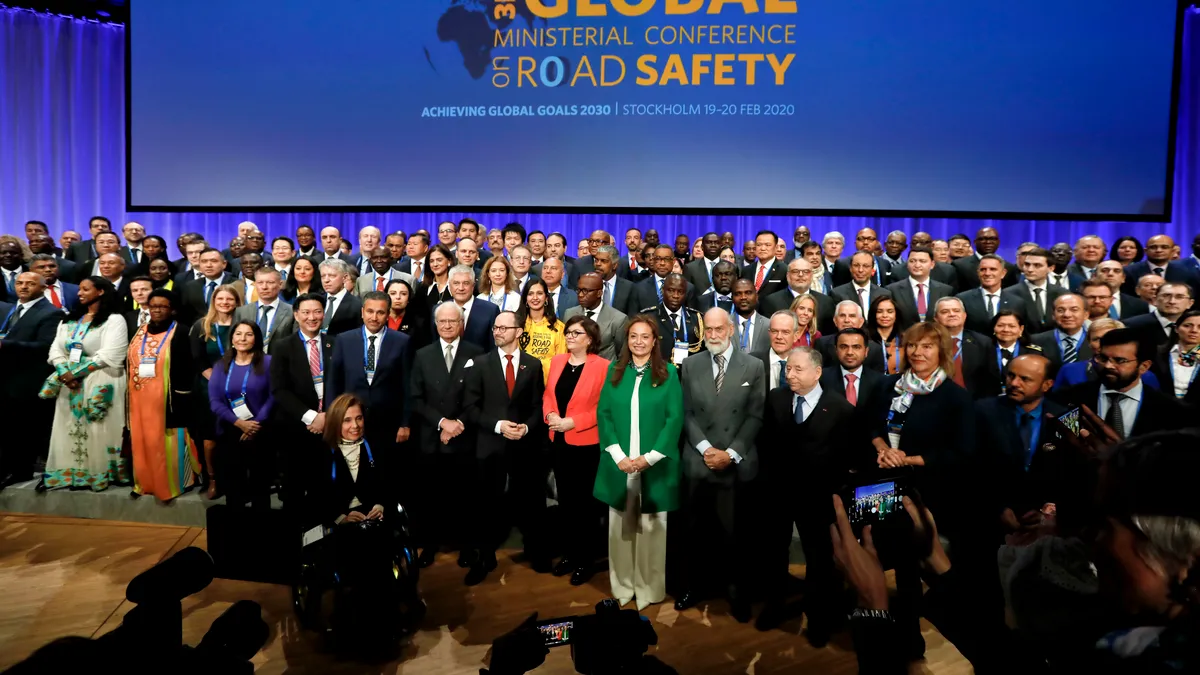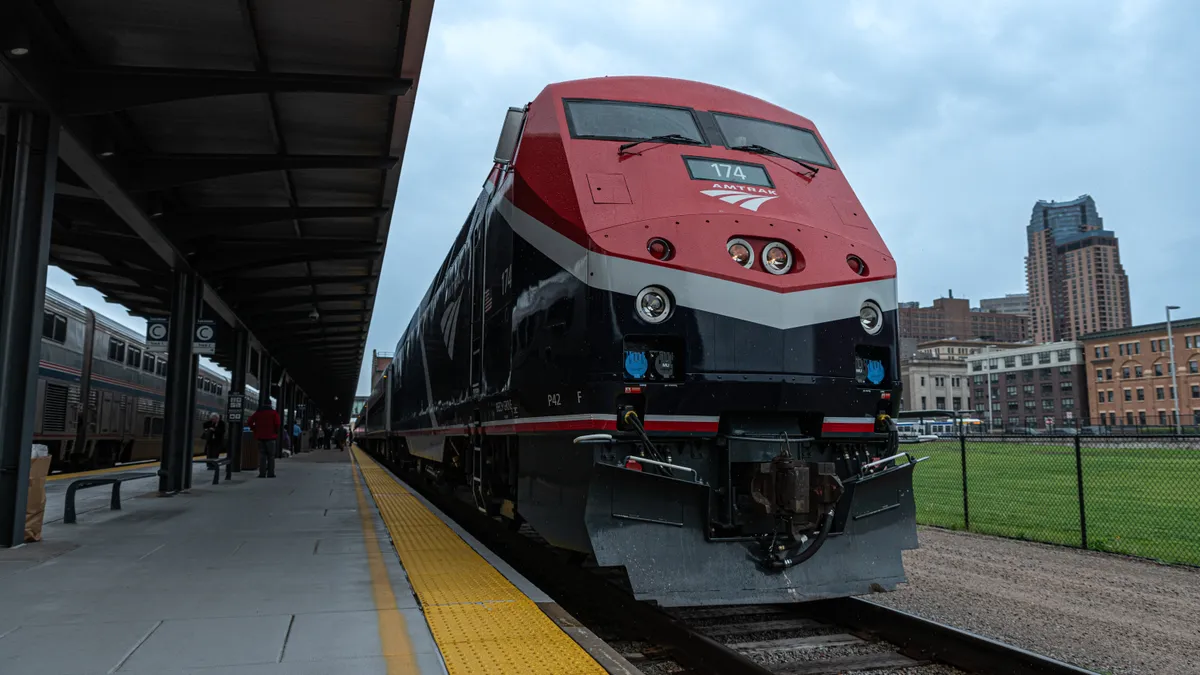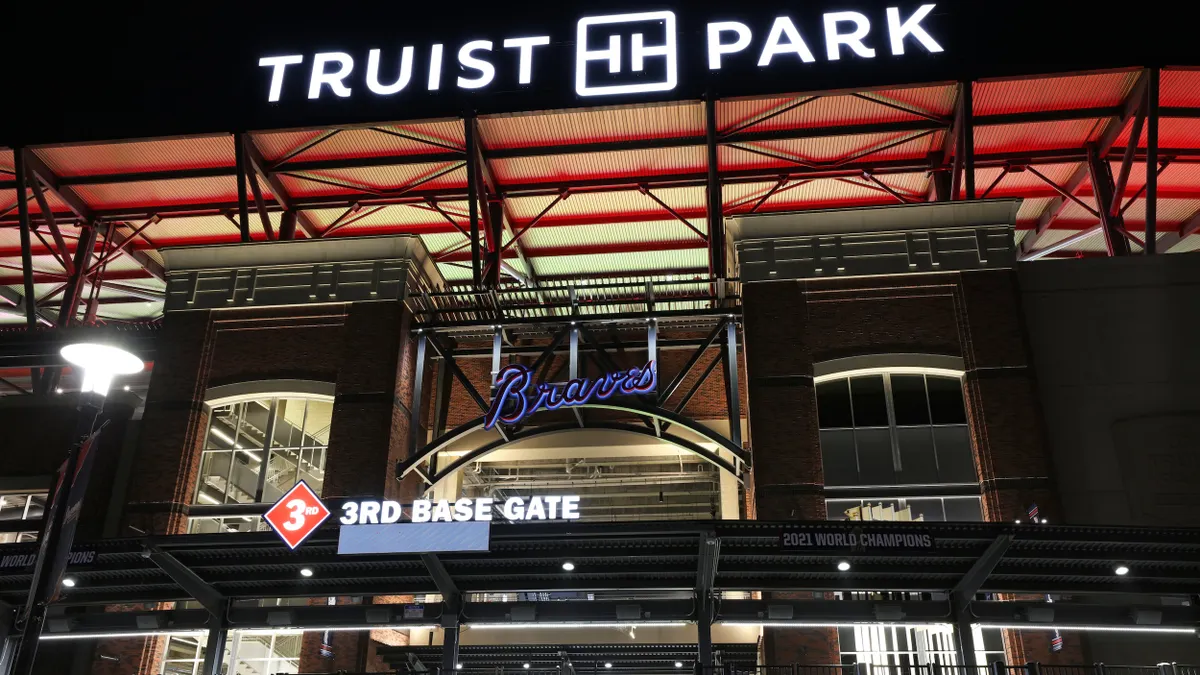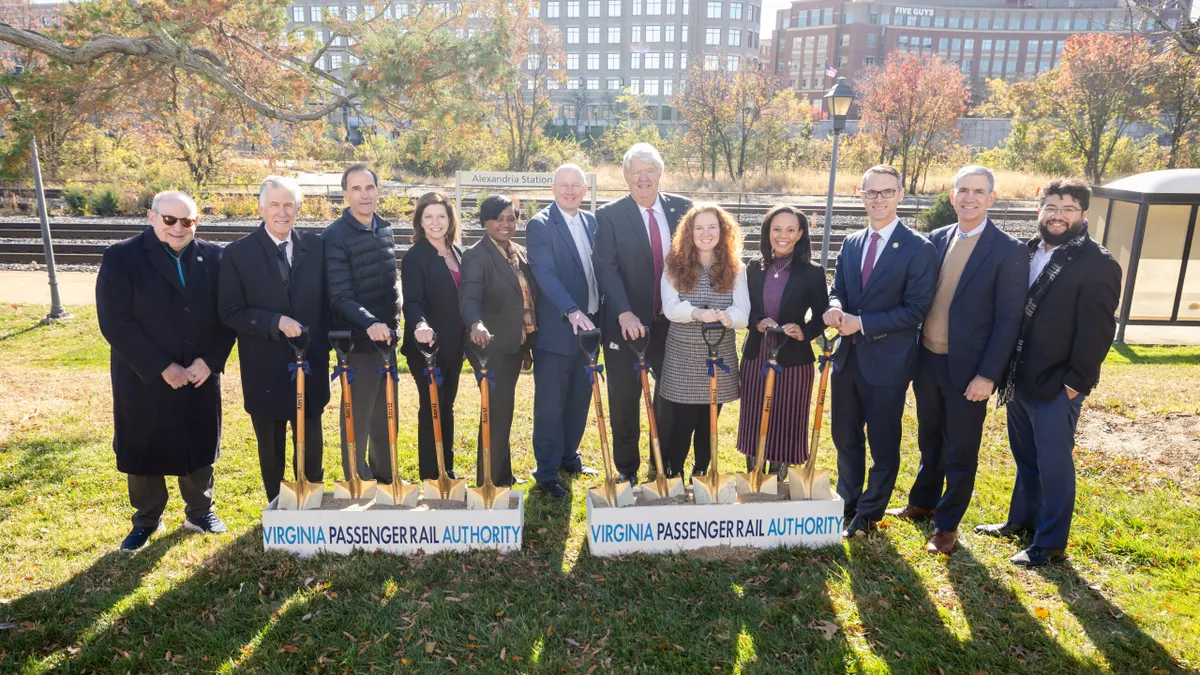The United States turned heads last month with its rejection of a global pledge to eliminate road deaths by 2050.
Of 140 countries in attendance at the Global Ministerial Conference on Road Safety in Stockholm, the U.S. was the only country that refused to sign the pledge, known as the Stockholm Declaration. Instead, it issued an uncredited statement on behalf of its delegation at the conference, disagreeing with select points in the multinational commitment.
The statement argued there is no link between road safety and issues like climate change or income inequality, and said the advent of autonomous vehicles (AVs) will be a major solution to road deaths and serious injuries. It also said the U.S. would continue to study the relationship between road safety and street design, but did not commit to additional steps to eliminate fatalities and injuries.
Now, disappointed advocates are considering ways to make progress on national traffic safety initiatives in the apparent absence of federal leadership.
'If not me, then who?'
Overall, transparency around who rejected the declaration — and the whereabouts of government leaders during the event — is limited.
Only academics and nonprofit leaders participated on behalf of the U.S. There were no U.S. governmental figures listed as speakers, according to an analysis of the conference program. Conference organizers did not respond to Smart Cities Dive's requests for more information.
Officials at the U.S. Department of Transportation (USDOT) also did not respond to Smart Cities Dive's requests for comment on the conference, information regarding attendance or clarity of the role USDOT played in drafting the U.S. delegation's statement.
Presley Connor, national College Advisory Council president at the safe driving advocacy group Students Against Destructive Decisions (SADD), was a part of the U.S. delegation in Stockholm. She attended the ministerial conference and the preceding World Youth Assembly (WYA), which brought together young people from around the world to discuss road safety issues.
Jacob Smith, North American regional champion at Youth for Road Safety (YORS), was also in attendance at WYA and the ministerial conference in an effort to represent youth efforts around road safety.
Both Connor and Smith said they did not see anyone from USDOT at the ministerial conference, which they felt was indicative of the lack of serious attention being paid to this issue at the highest levels of government. Connor said the U.S. statement to push back against some aspects of the pledge was presented to the delegation as a done deal rather than something that was crafted by those in attendance.
"I was at the assembly and they asked all the delegates to the front of the room to take a picture, so all the ministers and secretaries of transport, and I didn't see anyone," Smith told Smart Cities Dive. "I was looking for the U.S. and was like, 'Wow, where are our government officials?' We had others, like the private sector, but I was like, 'Where is our Department of Transportation?'"
"I was looking for the U.S. and was like, 'Wow, where are our government officials?'"

Jacob Smith
North American Regional Champion, Youth for Road Safety
This lack of federal representation around road safety is felt on the local level in some areas, with cities like Boston and West Palm Beach, FL taking the lead on traffic safety efforts, according to the Vision Zero Network. Federal Vision Zero policy has been introduced previously, but has failed to gain traction as of yet.
There also appears to be a groundswell among young road safety advocates to encourage the federal government to take more action. Connor said she and her youth colleagues will continue attending various upcoming road safety conferences to push this effort, though such events might be waylaid for some time due to the spread of the new coronavirus (COVID-19).
Youth representatives also plan to engage in partnerships wherever possible to encourage road safety, develop one-pagers to distribute as informational material and work closely with nonprofits and other organizations, Conner said. She also has her eye on a Vision Zero training in Stockholm later this year as a place to learn and bring back best practices, and said she is determined to step up and be an advocate and not leave it to anyone else.
"Someone's got to speak up for the youth and it's going to be me," Connor said. "Because if not me, then who?"
Intersectional issues
A key point of contention in the full Stockholm Declaration, as well as pledging to halve road deaths and serious injuries globally by 2030, was a recognition from the signatories that improving road safety will help the United Nations reach some of its Sustainable Development Goals (SDGs) to cut emissions.
The declaration itself called road deaths and injuries a "major development and public health problem that has broad social and economic consequences" and will "affect progress" towards achieving those SDGs. Meanwhile, a report released at the conference by the FIA Foundation called for a "transformation" of urban roads by encouraging low-emission modes and reducing speeds to make streets healthier.
Data demonstrates the importance of moving quickly to mitigate road deaths. In late February, the Governors Highway Safety Administration (GHSA) projected that in 2019, pedestrian deaths hit their highest rate since 1988. That projection of 6,590 pedestrian fatalities would be a 5% increase from 2018.
But the U.S. statement said that associating road safety with efforts to fight climate change, income inequality and global emissions "muddle our focus and detract attention from data driven scientific policies and programs that have successfully reduced fatalities on roadways." The statement added that those issues are "not directly related to road safety."
"When you talk to a man from Brazil and there are laws in place that a woman can only get off at certain bus stops because it's unsafe for her to get off at others, it really opens your eyes that all of this is really intertwined."

Presley Connor
National College Advisory Council President, Students Against Destructive Decisions
There are signs, however, that not all the U.S. delegation agreed with that position. Connor said the connections between those seemingly unrelated issues become clearer with a little thought.
"I hadn't really thought about this before I went, I admit," Connor said. "I was like, 'How does gender inequality relate to road safety issues?' Those seemed like two opposite ends of what I would say issues are. But when you talk to a man from Brazil and there are laws in place that a woman can only get off at certain bus stops because it's unsafe for her to get off at others, it really opens your eyes that all of this is really intertwined."
The U.S. delegation's statement said the biggest issues when it comes to traffic safety are "human error and behavioral factors," and said that more must be done to educate the public about those dangers. The statement said the U.S. "will continue to work closely with our state and local partners to implement evidence-based public education and targeted awareness campaigns."
Smith remains unconvinced by this focus on human error and is adamant that widening the understanding of how road safety impacts climate change and income inequality can help to reduce deaths and serious injuries.
"We do great with education, we do great with our data, but we don't really dive into analysis of our data understanding marginalized communities, understanding gender equity, understanding how this affects climate change, rural communities," Smith said. "It's embedded in our data on the federal level, so to have a statement saying there's no connection, means we're simply ignoring the connections."
Safety and the role of AVs
A section of the U.S. statement focused on the promise of AVs, which it says will be crucial to improving road safety — but the tech came under fire during the conference itself.
"This new technology can lead to a future in which vehicles increasingly help drivers avoid crashes," the U.S. statement reads. "And, especially important, it’s a future in which highway fatalities and injuries are significantly reduced."
By contrast, the Stockholm Declaration does not make explicit mention of AVs, but instead calls for "the development, application and deployment of existing and future technologies and other innovations." It places the emphasis on areas like safer street design, reducing road speeds and moving toward more sustainable modes of transportation.
The U.S. position echoes those who advocate for fast public rollout and adoption of AVs, including many leaders in Congress. Others, however, are not so sure.
In a statement, officials with the Vision Zero Network said leaders "cannot wait for the ‘holy grail’ of automated vehicles" to take action on road safety. Smith said the technology is not being distributed equitably and will only benefit the richest urban areas first.
"We are ascribing so much to the advancement of [Advanced Driving Assistance] systems and the future of AVs, but it's not even close to being equitable in our society," Smith said. "Technology can be a great tool to save lives, but that tool also is not equitable at all. If you're having an intervention in road safety, it has to be equitable or the people being most affected are not the lives you're actually saving."
In its statement, the U.S. said it is "continuing research to better understand the relationship between roadway design, traffic volumes, speed, and crash outcomes." But some are not convinced that is a good enough solution.
"The question [departments of transportation] are asking is how to move cars quickly," Transportation for America director Beth Osborne told Smart Cities Dive. "If you start from that's the question that they have to answer, of course you run into designs that are perilous to people outside of a car, because fast-moving cars are dangerous to people outside of a car in all circumstances."
Street design needs to be far less car-centric and governments need to be far less focused on the promise of AVs, Smith said. If there can be a change of thinking, which he said is being led at the city level, perhaps road deaths could be cut.
"There's Vision Zero cities like San Francisco and San Antonio, TX who are doing great work who are focusing in on those areas," Smith said. "But holistically from a federal level where we're getting this money to do the work, it is because we have created a transportation system that kills and we have spent centuries thinking that the best way for us to get from point A to point B is by having a car."





















